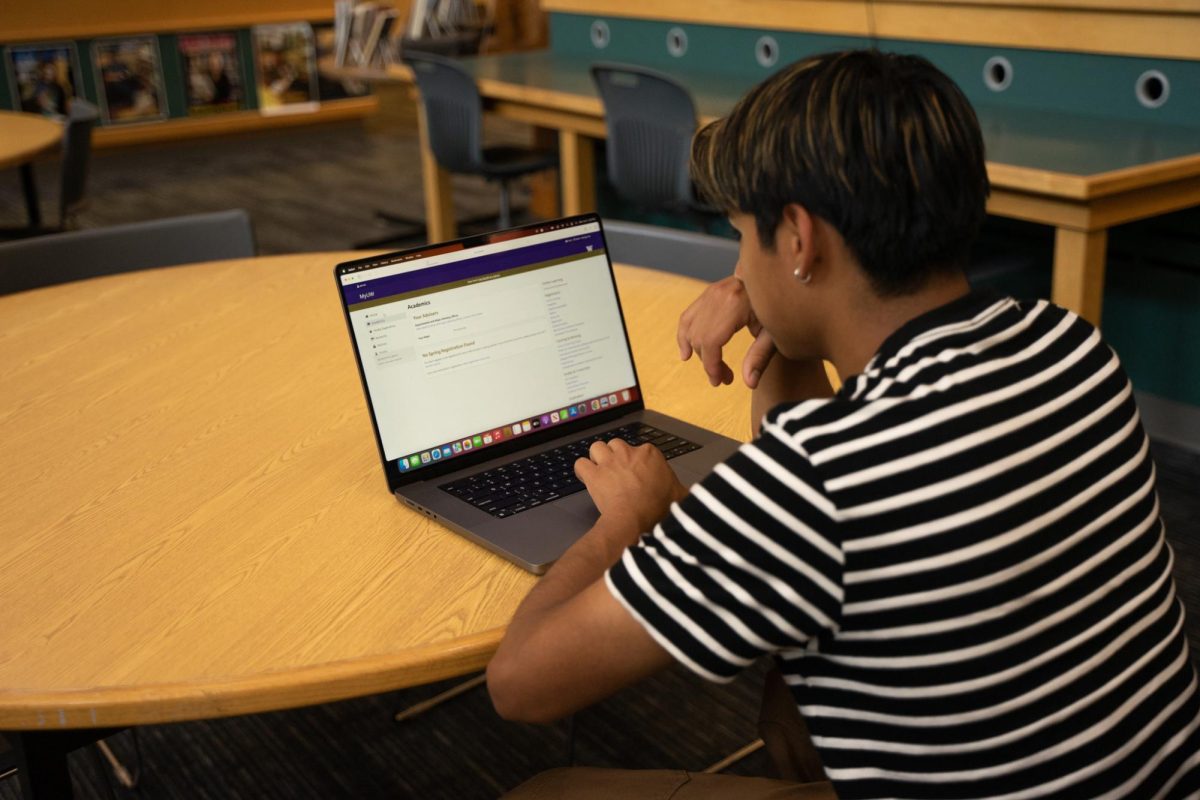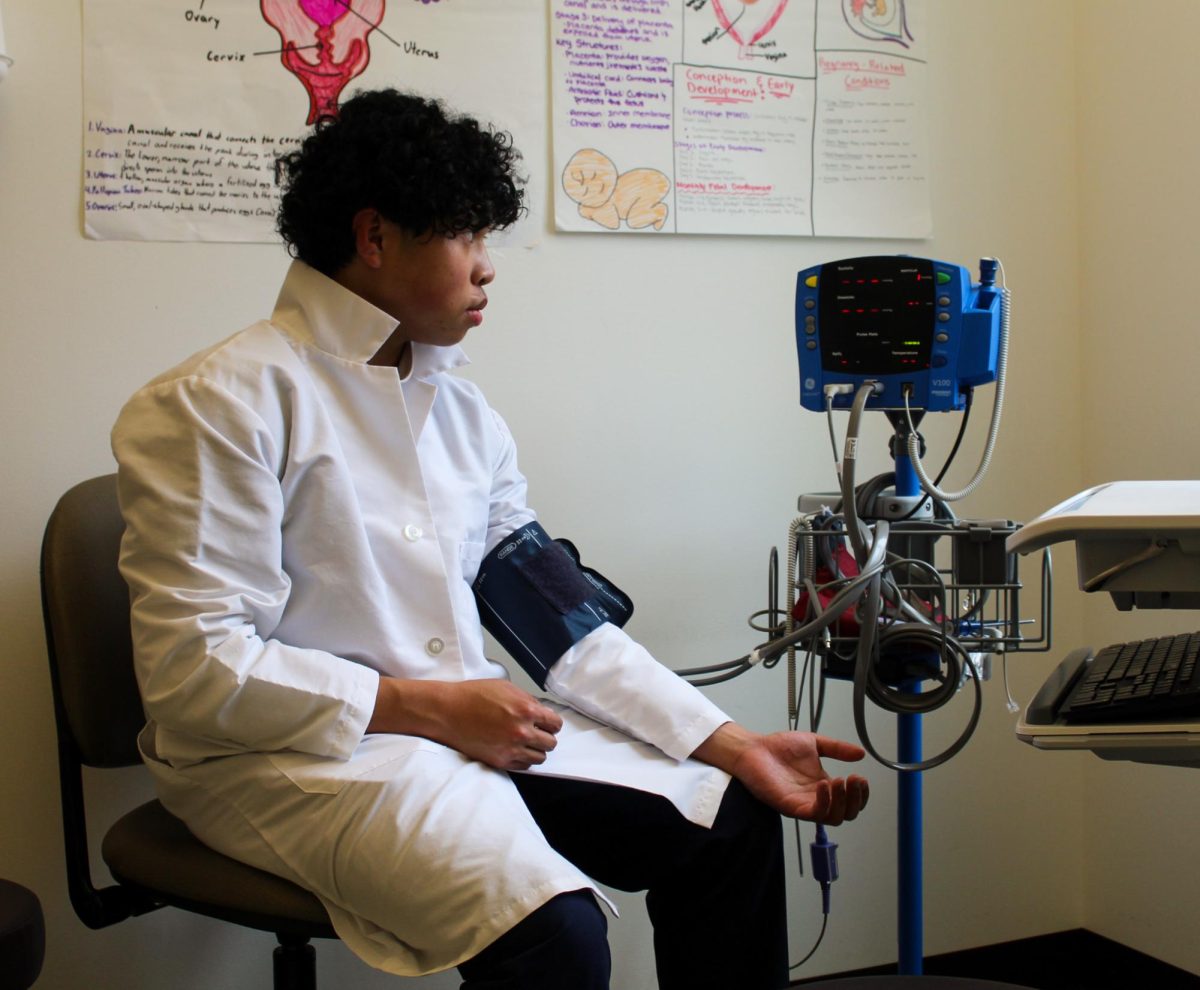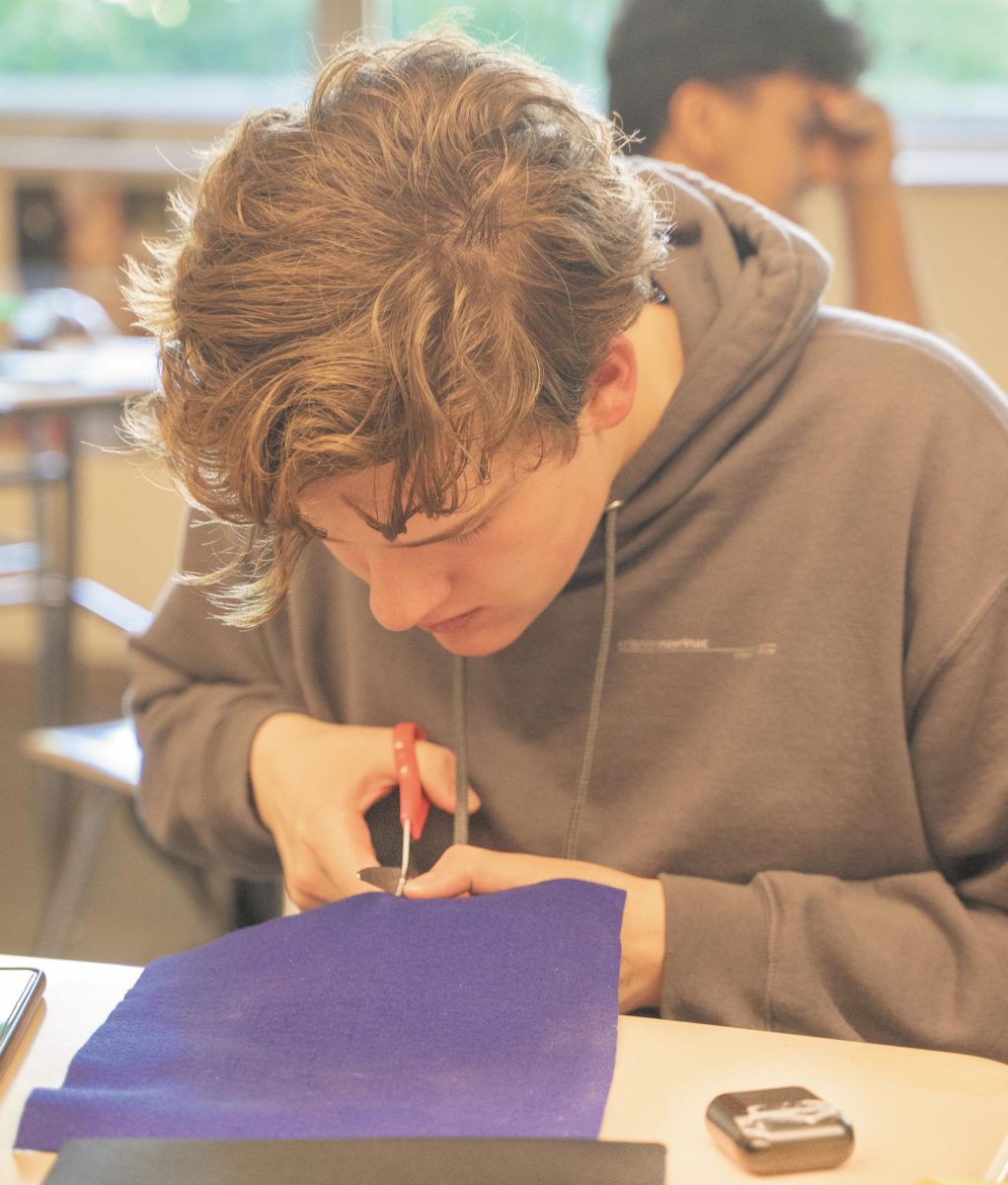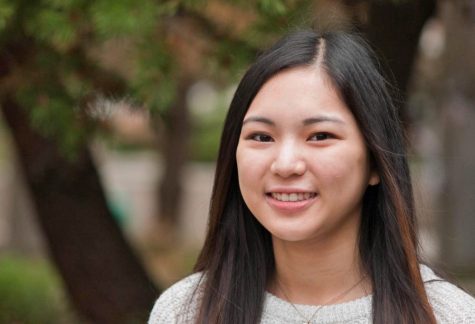ASB connects community
By Ariane Apigo
Extroverts can often be seen taking on leadership roles in high school, while introverts may tend to sit back. The ASB strives to do anything to better the school environment, which often means getting involved in the community of introverts and extroverts. The idea of group work can cause one to feel excitement or reluctance depending on personality type.
Junior Alex Zhou, president of the Class of 2018, said qualities of introverts and extroverts are nearly complete opposites of each other.
“If an activity involves multiple people, introverts may be more reticent in participating,” Zhou said. “I would say extroverts are generally better at interacting with others.”
The ASB acts as a leader to the student body despite the varying personalities they deal with. The first step to bringing a diverse community together is finding the right people to lead and encourage it.
ASB Coordinator and teacher Elisabeth Kowalski said the ASB consists of students who are passionate and dedicated towards the school.
“I look for a mix between the students who have a ‘rah-rah’ factor and students who are good workers,” Kowalski said. “Without a good combination, projects can fail.”
Similarly, the Link crew members play a big leadership role by helping sophomores get through their first day. Senior Link leader Grace Kim said connecting with sophomores early on is key to comfort in a new environment.
“Link kids tend to be more shy because it’s their first time meeting new people, so they tend to be on the same ‘energy level,’” Kim said. “To bridge the gap, my partner and I weren’t very formal at all, and it made them laugh, connecting them in a sense.”
Kim said she is more introverted, although most Link leaders have extroverted qualities.
“As Link leaders, we have to get sophomores excited, talk to everyone and connect the students, which requires staying with a lot of people for a long time,” Kim said.
The group activities experienced on Link Day prepare new students for the group work they may face throughout the rest of the year. The immediate focus on group work may seem to suggest extroversion is more important, and the extroverted may seem to be the only ones taking on leadership roles, but Kim, Kowalski and Zhou prove the stereotype false in that they consider themselves introverts.
“The definitions of ‘introvert’ and ‘extrovert’ are broad in the sense that while one can perfectly fit a shy, quiet personality, the other can perfectly fit a passionate, outspoken one,” Zhou said. “Still there are many who think of themselves as being in between.”
Teachers balance learning styles in class
By April Hopcroft
When planning lessons, teachers have to consider many factors: what material to cover, how best to convey the information to students and how long to spend on each unit. Teachers also have to take into account the different learning styles represented in their classes, including introversion and extroversion.
“The idea is to try to provide activities that hit different learning styles as much as you can,” IB Biology teacher Beth Stewart said.
For instance, students in her class first read about the immune system individually and then act out the immune response as a class.
“In a perfect world, with enough time, teachers should always be doing multiple activities for every given set of concepts so that you reach both your introverted students and your extroverted students,” Stewart said.
Much of school involves collaboration, whether students are working with others on group projects or participating in class-wide discussions. Naturally, these activities cater to students who are more extroverted.
Junior Harris Nakajima said that strong communication skills are vital in these situations. As an ambivert, or someone with both introverted and extroverted tendencies, he said gathering ideas and discussing them with his peers comes easily.
“It definitely helps, especially when it comes to group projects, that I am able to communicate information clearly,” Nakajima said.
While many lessons may be geared towards extroverts, teachers work to include introverted students, too. TOK and history teacher Robyn Metz said that she strives to create a classroom environment in which all students feel comfortable sharing their perspectives.
“I often strategically sit people next to each other, and then they’ll start making friends, and then I’ll see some of the introverts willing to participate more,” Metz said.
Similarly, Stewart said she recognizes the need for students to collaborate in the sciences, but she also wants to create a safe, supportive atmosphere. She said she likes to place students in smaller table groups so that everyone has a chance to share.
“By putting them in a smaller group, I am asking them to collaborate on a smaller scale where it’s easier for them to voice their opinion and participate without the whole class listening,” Stewart said.
As a student with introverted tendencies, senior Andrey Butenko said he appreciates this strategy.
“I’m much more comfortable with small group discussions, because you can establish a relationship with those people quickly and talk about more specific things,” Butenko said. “And there’s less judgement because it’s more personal.”
Ultimately, it is important that students and teachers recognize the values of different learning styles, and strive to maintain a healthy balance of introversion and extroversion.
“You can define yourself as [introverted or extroverted], but you have to know how to function in the other realm,” Stewart said.

















